Why does Bridgegate still matter? Why can't we uncover a motive? | Mike Kelly
- Oops!Something went wrong.Please try again later.
- Oops!Something went wrong.Please try again later.
- Oops!Something went wrong.Please try again later.
At the time, it seemed like an all-too-tantalizing story about dirty politics.
But was it true?
A decade after the Bridgegate plot caused massive traffic jams on the narrow streets of tiny Fort Lee, New Jersey, for portions of five days in September 2013 and tarnished Gov. Chris Christie’s promising political career, doubts continue to linger about why this fiasco occurred in the first place.
From almost the moment the first angry driver leaned on a car horn in an effort to move traffic, a tawdry story line about the scandal's motive seemed to take on a life of its own — so much so that it was cemented as fact in the first paragraph of the U.S. Supreme Court ruling to overturn federal convictions of two key Bridgegate participants.
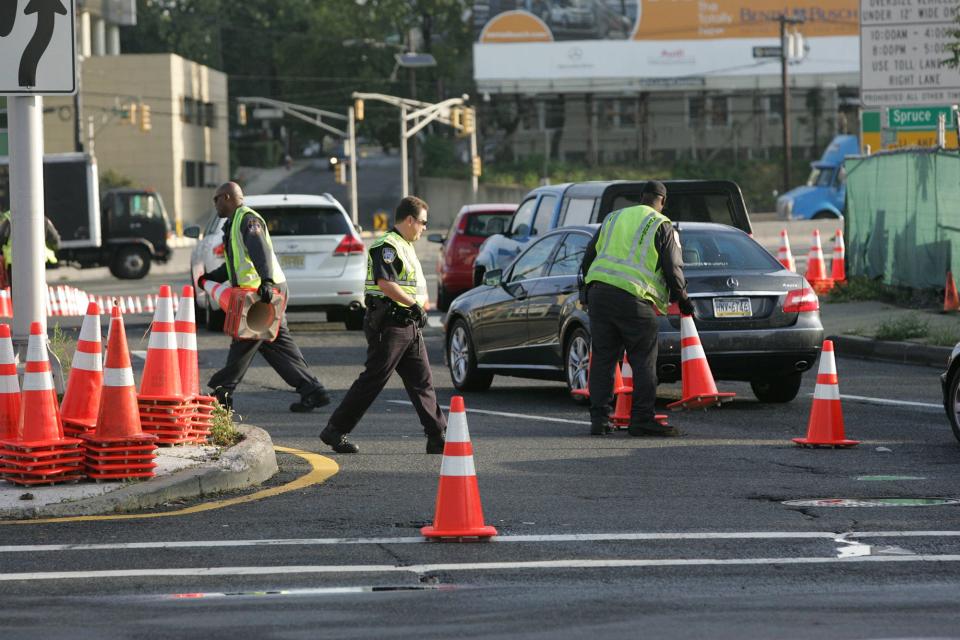
Bridgegate, as the narrative went, was dreamed up by several of Christie’s most loyal aides as a way to punish Fort Lee’s Democratic Mayor Mark Sokolich — and, perhaps, send a warning to other political figures about how tough Christie could be.
Sokolich, who saw himself as trying to revitalize Fort Lee, a two-century-old community atop the Palisades, had seemingly committed the unpardonable sin of declining numerous overtures from Christie’s campaign to join other Democrats in endorsing the governor’s 2013 reelection campaign.
The alleged retribution from Christie to Sokolich would actually come in the form of one of the most common New Jersey problems: traffic jams. In this case, two of three access lanes connecting Fort Lee to the George Washington Bridge, the world’s busiest crossing, were deliberately closed.
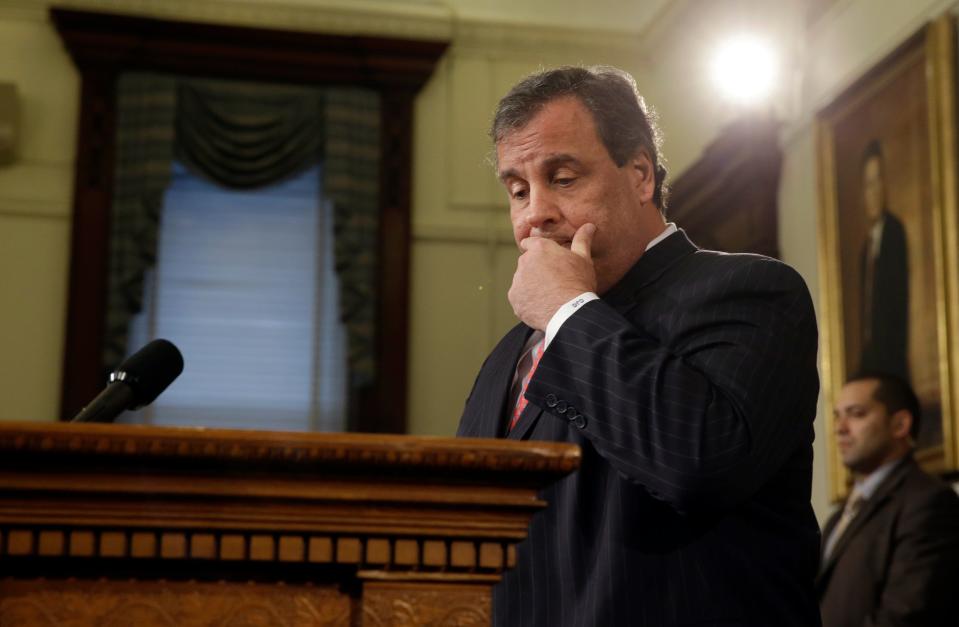
Like water suddenly forced to flow into a narrower pipe, cars, buses and trucks — as well as emergency vehicles — backed up across Fort Lee’s streets, starting on the first day of school, Sept. 9, 2013. As Thomas Paine wrote in his classic 1776 essay “American Crisis,” while accompanying George Washington's troops as they fled Fort Lee from British soldiers in one of the most dismal periods of the American Revolution, this was a moment to “try men’s souls.” Sokolich spent days fruitlessly trying to summon help from Christie.
Christie’s alleged punishment plan eventually backfired politically. He was no longer seen as the “Jersey tough” politician who guided his state through the aftermath of Superstorm Sandy a year earlier. He was soon depicted as a bully — another arrogant politician who wanted to flex his muscles. And the notion of a powerful governor like Christie picking on a tiny town by causing traffic jams — as children were bused to the first day of classes, no less — seemed pathetic.
Yes, Christie won reelection that November 2013 — in a landslide that was bolstered, in part, by support from scores of Democratic officials across New Jersey. And yes, he hoped his victory would position him as a bipartisan leader and help to springboard him to the 2016 Republican presidential nomination.
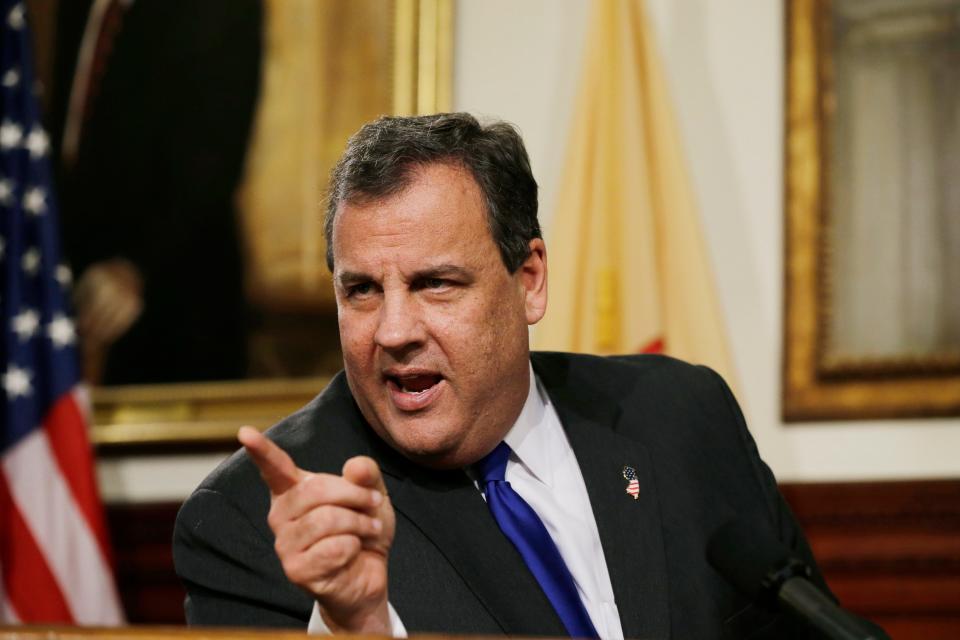
But as details of the Bridgegate affair trickled forth in January 2014, Christie’s presidential ambitions fizzled. He seemed like a petty bully, not a strong leader. The turnaround left him deflated — seemingly a helpless character in a political opera, groping for credibility. When he left his gubernatorial seat in January 2018, he was the most unpopular governor in New Jersey history.
Looking back now, a decade after the Bridgegate scandal burst into America’s national political consciousness, the basic motive of that story — that Fort Lee’s traffic calamity was really political payback by Christie and his allies — doesn’t add up. An extensive examination of public documents, trial records and a variety of other sources by NorthJersey.com and The Record points to major holes in the narrative that were either overlooked or simply brushed aside by the FBI, federal prosecutors and the media.
Simply put, far too many people at the time willingly accepted the traffic-jams-as-payback motive even though independent evidence to support it was questionable on many levels. What seemed to drive the narrative was the widespread belief that it appeared to fit into the Jersey-tough persona that Christie himself tried to promote.
Key players: Where are the key players in the Bridgegate scandal now 10 years later?
10 years later, why does Bridgegate still matter?
Why does this matter now?
For starters, Christie is once again trying to reposition himself as a Republican presidential candidate — this time in 2024 — as an alternative to another alleged tough guy, Donald Trump.
So far, Christie’s efforts have largely fallen flat. He trails most other GOP candidates. And one reason — perhaps among many — is the lingering taint of the Bridgegate scandal, say observers.
Another reason to cast a new spotlight on Bridgegate is the emergence of an alternative theory for the plot.
According to this story, which was first revealed in 2014 on the progressive cable news channel MSNBC, the traffic jams were really the result of a messy dispute between Charles and Murray Kushner, estranged brothers and rival real estate developers.
In September 2013, Murray Kushner was trying to promote a large apartment project in Fort Lee, a block from the George Washington Bridge. Part of the marketing plan was that the building would have easy access to the bridge.
A mysterious figure in this story is David Wildstein, a political operative and Port Authority staffer who pleaded guilty to arranging for the lane closures that caused so much havoc in Fort Lee.
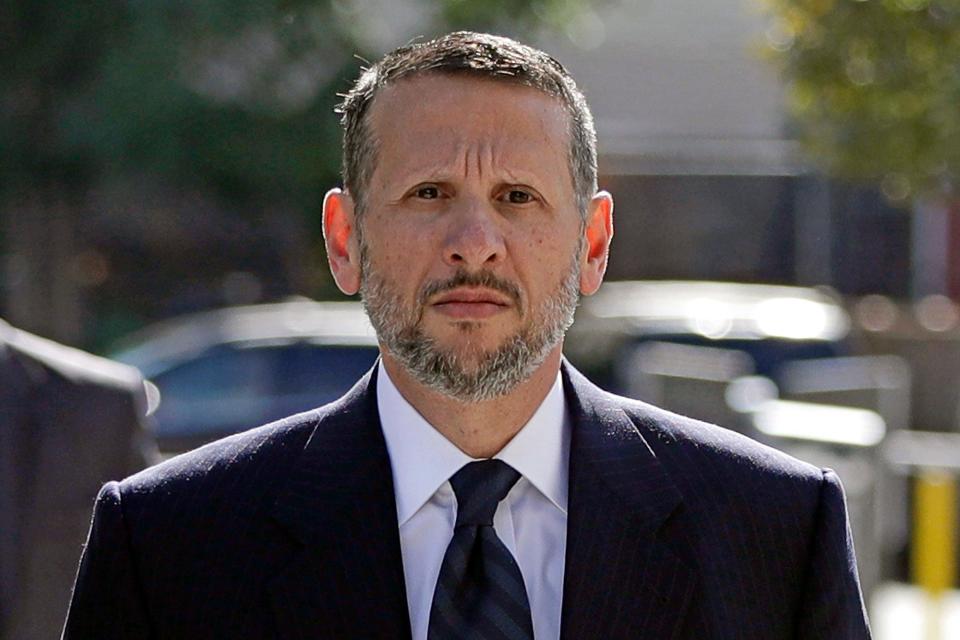
Wildstein claimed in testimony at the Bridgegate trial of two other Christie allies in 2016 that the real motive for the lane closures was punishment of Sokolich. Wildstein, who tried to depict himself as a Christie loyalist, also testified that he tried to cover up the alleged traffic-as-punishment plot as a routine Port Authority traffic study.
No such traffic study was authorized by the Port Authority. Meanwhile, Wildstein’s long association with Charles Kushner and his son, Jared, has fueled speculation that the traffic jams were really aimed at tripping up Murray Kushner. The plan to punish Sokolich was either a clever ruse or a secondary motivation, driven in part by Wildstein’s effort to impress Christie.
Adding to the speculation is the fact that it was Christie, as a federal prosecutor, who led an investigation years before that resulted in Charles Kushner’s imprisonment. After Bridgegate, numerous reports noted that Jared Kushner, a son-in-law of Donald Trump who was still angry that Christie sent his own father to federal prison, helped to upend several attempts by Christie to obtain a top job in the Trump administration.
Adding to the mix of speculation, Murray Kushner has contributed funds to several of Christie’s political campaigns.
Mike Kelly: Chris Christie is the most interesting person in the GOP right now. This is why
Charlie Stile: Chris Christie put his fantasy on the GOP's table. Will Republicans bite?
Unresolved questions abound
This confluence of facts helped to fuel a number of still-unresolved questions about the true motive of the Bridgegate lane closures. But nothing conclusive has ever emerged one way or the other.
Wildstein, who now runs a website specializing in New Jersey political news, did not respond to a request for comment. Charles Kushner, Murray Kushner and Jared Kushner also could not be reached for comment.
Christie, who has long claimed he did not want to punish Sokolich, declined several requests by NorthJersey.com and The Record to address the aftermath of the Bridgegate scandal or other possible motives. But privately, he has told associates he feels that federal investigators should have pursued the possible links to the Kushner family.
Road Warrior: 10 years later, this is what I've learned from the mistakes of Bridgegate
Meanwhile, two key figures in the Bridgegate narrative, Bill Baroni and Bridget Anne Kelly, whose federal convictions were overturned by the U.S. Supreme Court in 2020, have long cast doubts that the true motive for the lane closures was to punish Sokolich.
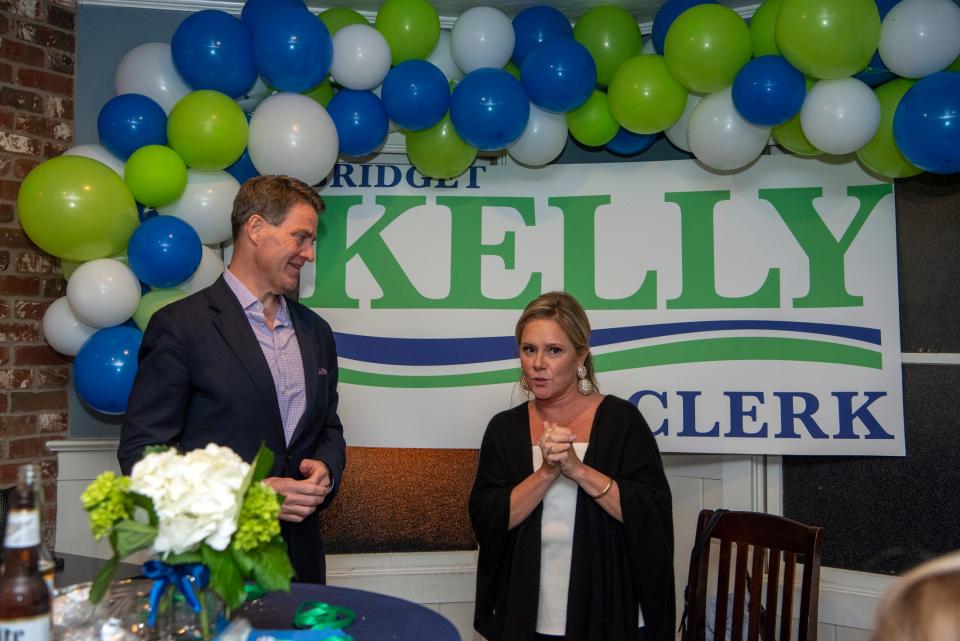
Baroni, at the time the deputy executive director of the Port Authority, and Kelly, the deputy chief of staff for Christie, have maintained that they believed Wildstein was carrying out a routine traffic study.
What seemed to cause problems for Kelly was the publication of her “time for some traffic problems in Fort Lee” email, which she sent to Wildstein as a signal that Christie's office had approved the lane closures. Also, Baroni, allegedly at Wildstein’s suggestion, declined to take phone calls from Sokolich asking for the Port Authority to restore Fort Lee’s access lanes to the George Washington Bridge and alleviate the traffic jams.
Wildstein testified as a key witness for prosecutors in the federal trial, which resulted in the convictions of Baroni and Kelly — and jail sentences. But jurors expressed doubts during deliberations about the traffic-as-punishment motive. In the early stages of their deliberations, jurors sent a note to the presiding U.S. district judge, Susan D. Wigenton. Northjersey.com obtained a copy of the note.
“Can you be guilty of conspiracy without the act being intentionally punitive toward Mayor Sokolich,” the jurors asked.
“Yes,” Wigenton wrote on the note before sending it back to the jurors.
Baroni and Kelly could not be reached for comment. But Kelly’s attorney, Michael Critchley, called the judge’s response a turning point in the trial. Critchley had cast numerous doubts on Wildstein’s testimony that the motive for Bridgegate was to punish Sokolich.
Critchley continues to view the jurors’ note as evidence that they did not accept the traffic-as-punishment motive. Reached on vacation in Croatia, Critchley said “the judge gutted my case” with her response to the jury's question about whether the traffic plot was meant to punish Sokolich.
From 2020: What's next for Bridgegate schemers after the SCOTUS decision?
Key reports fuel Bridgegate motive debate
Adding to the debate about the true motive for Bridgegate are two key government reports.
The first, compiled by the New York City law firm Gibson Dunn, concluded that “what motivated” the Bridgegate scheme “is not yet clear.”
“The common speculation that this was an act of political retaliation because Mayor Sokolich failed to endorse the Governor for re-election is not established by the evidence that we have seen,” the report found.
A second report, by a special joint state legislative committee, found that the “potential endorsement” of Christie by Sokolich “was at least a consideration in deciding to close the lanes.”
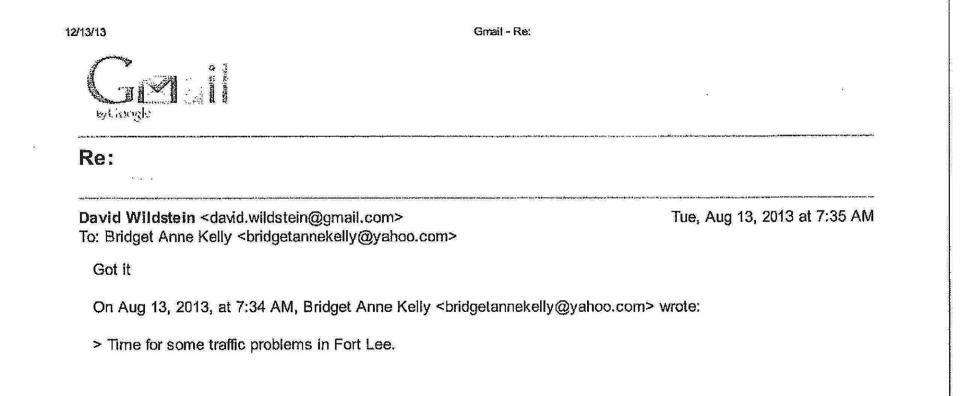
“Taken altogether,” the report said, “the evidence clearly suggests that the lane closures were intended as a punitive measure directed against Mayor Sokolich. What the Committee cannot say for certain is whether the closures were intended as retribution for the Mayor’s failure to endorse Governor Christie or for some other, unknown reason. Without current access to Kelly and Wildstein, and certain other witnesses and documents, the Committee remains unable to reach a definite conclusion as to what (and who) may have motivated them.”
Former Assemblyman John Wisniewski, a Democrat from Sayreville, New Jersey, who co-chaired the legislative investigation into the Bridgegate plot, now believes that the FBI and federal prosecutors dropped the ball when examining the various motives for the lane closures — especially the possible connection to Charles Kushner.
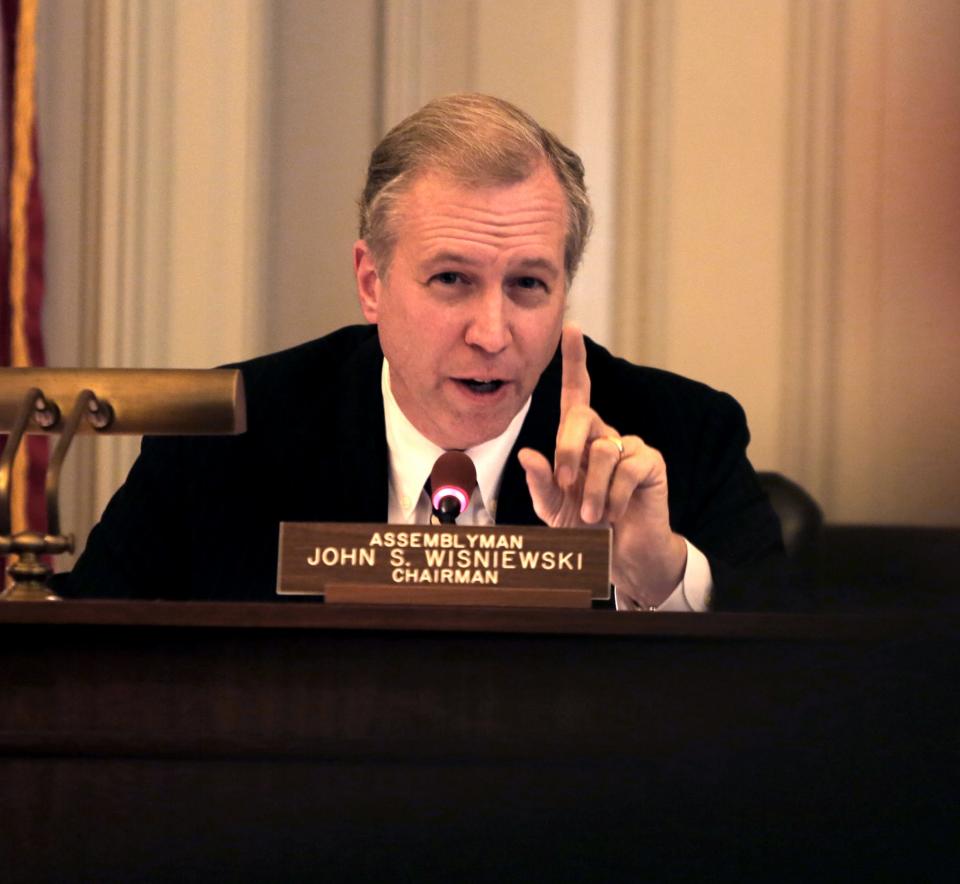
“When you look at the history of political misconduct, it’s usually about money,” Wisniewski said in a recent interview. “There's certainly a reason to look at it and say this is something that should have been investigated further. But that ship has sailed.”
Wisniewski said the accepted storyline that the traffic jams were created to punish Sokolich “makes no sense.”
“It would be disingenuous of me to say that strange things don’t happen in politics,” Wisniewski said. “But usually at a statewide level, at a gubernatorial level, there is a far better understanding of the cost-benefits of political chicanery.”
Wisniewski, who has harshly criticized Christie for his political style, said nonetheless that he has come to believe that Christie would not stoop to such a petty act to punish a small-town mayor who was not the kind of political power broker who could deliver large numbers of votes.
“If you are going to do something, there is always the question of what you are going to get for it,” Wisniewski said. “It makes no sense that Chris Christie would bet the ranch on getting Mark Sokolich’s endorsement. At the end of the day, it didn’t matter. Fort Lee is a lovely borough, but it is not one of the biggest or most notable, and the mayor of that community doesn’t wield the kind of clout that would make the governor or his staff pay all that much attention.”
The legal debate over Bridgegate largely ended in 2020, with the unanimous decision by the U.S. Supreme Court to reverse the convictions of Baroni and Kelly. The decision also allowed federal authorities to reverse Wildstein’s guilty plea in the case.
As if to seal the case even more, the court seemed to provide the equivalent of legal cement for Bridgegate’s motive.
In the opening sentences of the court’s opinion, Associate Justice Elana Kagan referred to the Bridgegate scheme as an effort to “punish the mayor” and “political retribution.”
Since then, critics have tried to offer alternative motives. But it’s hard to push against the words of the Supreme Court.
So, at least for now, Bridgegate still remains a tale of political payback.
Mike Kelly is an award-winning columnist for NorthJersey.com, part of the USA TODAY Network, as well as the author of three critically acclaimed non-fiction books and a podcast and documentary film producer. To get unlimited access to his insightful thoughts on how we live life in the Northeast, please subscribe or activate your digital account today.
Email: kellym@northjersey.com
This article originally appeared on NorthJersey.com: Bridgegate scandal: Why can't we find a motive?

